Over the years, an obvious continental divide has existed in menswear between American, English & Italian style– but is it rapidly shrinking? Is global fashion largely replacing long-standing traditional dressing and style? Not all of it is intentional either. It’s also that a lot of guys just don’t know or care. How many fathers teach their sons how to dress properly? I think it’s safe to say that those conversations aren’t happening anymore. The home-fires seem to be burning out, as more and more guys are being swallowed up by the– shirt always untucked, nothing fits, nothing matters, can’t even stand up straight, I’m lucky to have even got out of the house dressed, square-toed shoe wearing, bad style fog.
The world is getting smaller everyday, that’s just a fact we have to live with. Fashion & media influences now move at break-neck speed, and it seems like a lot of cultural flavor & integrity is in danger of getting lost, as we all seem to be moving largely in the same direction. More than ever, product is finding it’s way into brands where it doesn’t belong– even classic brands that in the past were very diligent in regard to their positioning, are getting loose. Ironically, even a lot of the “brand heritage” reissues that are all the rage, seem to reflect today’s fashion interpretation of heritage, rather than actual history itself– because “heritage” is a buzz word that sells right now.
In short, product homogenization and co-opting is openly happening worldwide, and at an alarming rate. I’m not saying it’s all bad– a healthy chunk of classic American style that we know and love today was actually borrowed from somewhere else. The Japanese in turn have swallowed up American and English style (and are moving on to the Italians). American hipsters are looking at the Japanese for how to look, well, American. Not surprising– the Japanese are good at taking our toys and making them better. The whole thing is getting a little too convoluted these days for my taste.
Everything is moving so fast– how much thought is being given to the long-term? –By anyone?
Brands need to mind the shop, not just the register– or we’re going to end up with a big, tasteless stew.
There are certain articles that I save and like to review every year or so– some just because they’re great reads, and others for a specific historical and/or cultural relevance. The following write-up falls into both categories, and shows that this effect I’m talking about has been with us for some time and is now (in my opinion) rapidly accelerating.
From Smithsonian magazine–
The Americans and the British have not always seen eye to eye—neither in war nor wardrobe. In fact, during World War II the U.S. and British commands had such a terrible time communicating with one another that in 1943 they commissioned anthropologist Margaret Mead to determine why. The Americans complained that the British were secretive and unfriendly; the British insisted that the Americans were simpleminded and boastful. The allies argued about everything.
Mead discovered that the two cultures possessed fundamentally different world views. One simple way to demonstrate this was to ask an Englishman and an American a single question: What’s your favorite color? American servicemen quickly came up with a color, but the British asked, “Favorite color for what? A flower? A necktie?”
Mead concluded that Americans, raised in a melting pot, learned to seek a simple common denominator. To the British, this came across as unsophisticated. Conversely, the class-conscious British insisted on complex categories, each with its own set of values. Americans interpreted this tendency to subdivide as furtiveness. (After all, a person who can’t name a favorite color must be hiding something.) “The British show an unwillingness to make comparisons,” Mead wrote. “Each object is thought of as having a most complex set of qualities, and color is merely a quality of an object.”
The allies eventually overcame their differences and rallied to defeat Hitler, but for decades afterward you could see Mead’s revelations reflected in the men’s fashions of Britain and America. For Yanks what mattered was an overall “look.” An American boy learned from his father, his schoolmates and ads for Hickey Freeman suits that the goal was to combine elements that complemented one another: the tie goes with the jacket, the shoes go with the belt. To the British, on the other hand, what mattered more than the whole was its parts. Where a postwar American male might have been neatly described as “the man in the gray flannel suit,” an Englishman of the same era was “the man in the gray flannel suit—also wearing plaid socks, a striped shirt, paisley tie and checked jacket with a floral handkerchief in the pocket.”
Note the famous 1967 Patrick Lichfield photograph of the Duke of Windsor in which the abdicated king appears in almost precisely this outfit. To the Duke, each piece of clothing no doubt had, as Mead observed, its own “complex set of qualities” having nothing to do with the others. And yet, was there another gentleman of this era who more exemplified British sartorial style? (He even gave his name to the Windsor knot.)
It is impossible to say just when these national dress codes began eroding, but by the turn of the millennium they were gone. One night in London not long ago, I was walking back to my hotel (near Savile Row) when I saw framed through a pub window a group of lads standing together at the bar. They might as well have been college kids in Atlanta, or Barcelona, or Moscow; there was not a single sartorial clue that identified them as English. They projected what might be called an “urban” look, the bland, shapeless offering from brands such as Banana Republic and J. Crew. To wit, an untucked shirt, a one-size-fits-all sport coat and baggy trousers rolled up above black, square-toed shoes as big as the boxes they came in. What would dear Margaret Mead have made of this snapshot? Probably, that much of the men’s world has a new style, one that reflects not tribal differences but global similarities.
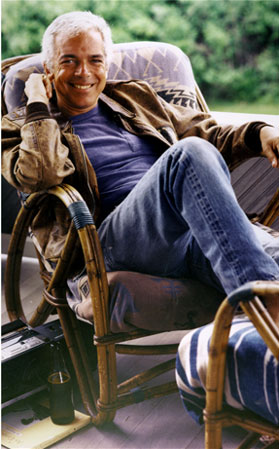
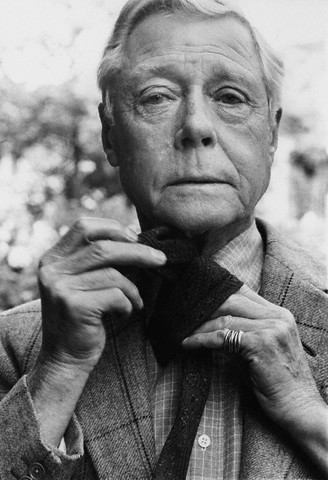
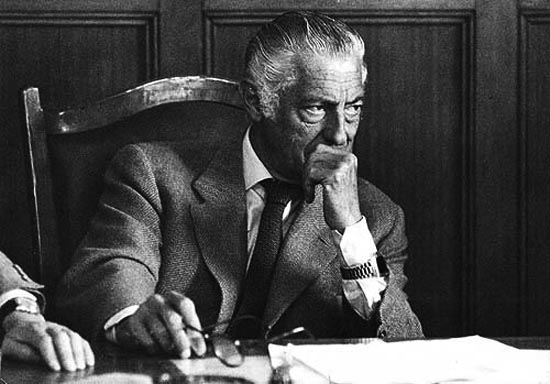
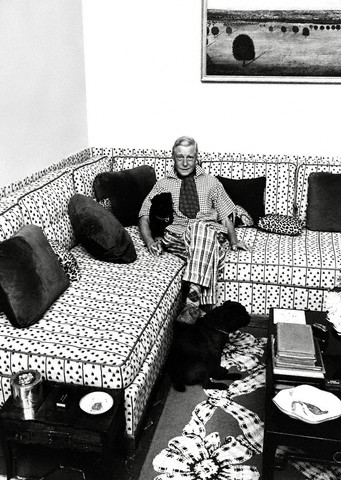
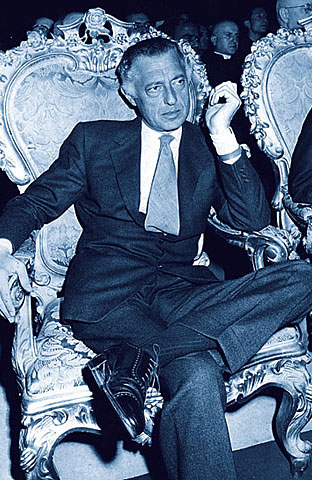
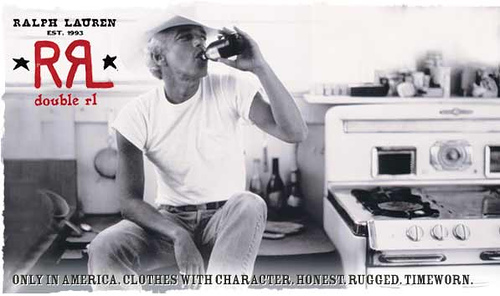
In the end, one style personifies gigolos, the other, gentlemen.
I’ve worked with them for over 20 years. And while I love them and London – – the Meade study makes a lot of sense. While researching NYC during the American Revolution (Known in London as The American War of Independence) there were a number of descriptions where Yanks visiting London were criticized for their dress. Either wrong shoes or stockings or something. It was a common occurence and it still goes on today. In some odd way, I’m proud to be a part history.
really interesting article, jp. i for one always look at the differences between the defining fashion characteristics of different countries. its also true that the box cutter fashion sense today is concerning.
Let’s face it, the Duke of Windsor comes across an effete and impotent, if not a latent homosexual. Whereas, Lauren and Agnelli are both very masculine. One with Old World sophistication, the other with New World innocence.
Yes! Fantastic post, JP. Should be required reading for todays design and merchandising departments – and women’s designers should read it too! I will forward to those that I know.
As for “Lord Peter”‘s post… um, well, he calls himself “Lord Peter”.
Ah, jeez, forgive me. I couldn’t resist. Your point really is well taken, Peter. Though the Duke has given us so much of what we consider to be proper, fine, and stylish even today.
Yes, the Duke was undeniably an odd bird– but his dressing, style and contributions to menswear can not be denied. While the stories and accounts of his life are amusing, I focus on matters sartorial when it comes to him.
I have no doubt that Agnelli would have cleaned his clock in a street brawl, but that’s not the point.
I agree… this post is very timely. I will require it as reading for my stylists. Our publication has been going through the motions within the internal battle, as it were, of what is men’s fashion and where is it going. You hit the nail on the head… it is everywhere and no-where all at once.
JP…
Nice piece and you couldn’t be more correct in your assessment. An incredibly valuable book that you would do well to browse through if ever you can (I believe you can look through a copy at the F.I.T. library but not check out) is the Apparel Arts Coronation Issue, published in celebration of Edward VIII taking the throne that year. It illustrates all the many trends in men’s clothing championed by the Duke of Windsor and it is mind boggling. If you’re in New York, I strong recommend you give it a look.
We have become a culture of branders, marketers and copiests. What the end game is …profit is lost on the historians, cool cats and well dressed because their goals are love of style…let them eat stew for I choose choice cooking! True style and design involves love, creation..expense knowledge, execution and a relationship with your customers or fans or admirers. Your insights are right on..but reflect the skew between the fashionistas and the fashionably profitable…looking for the next great ripoff!